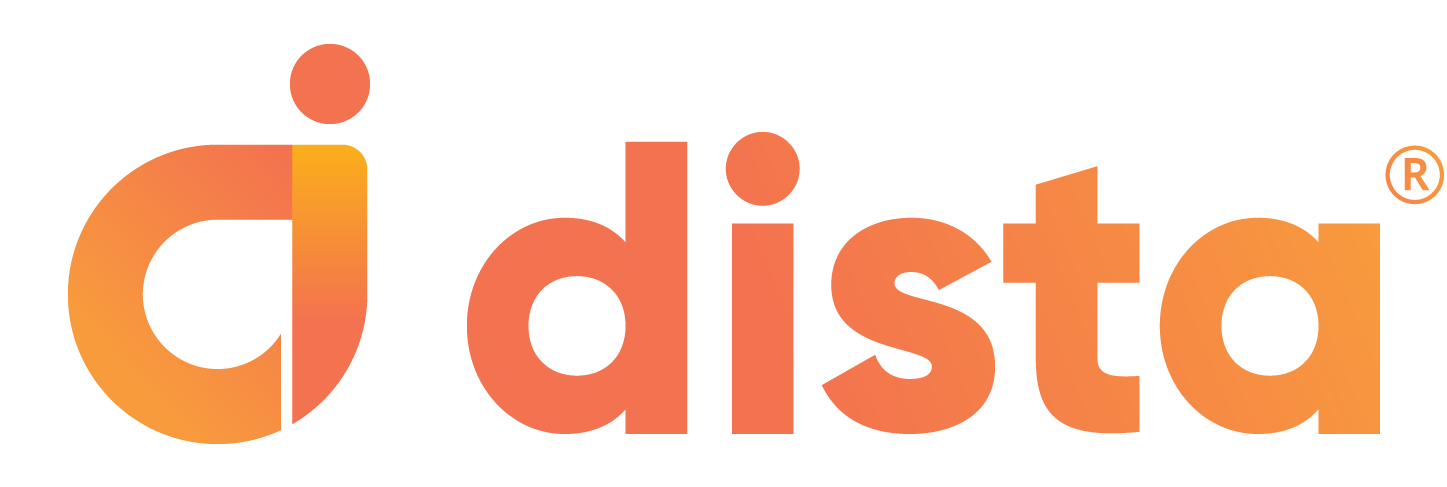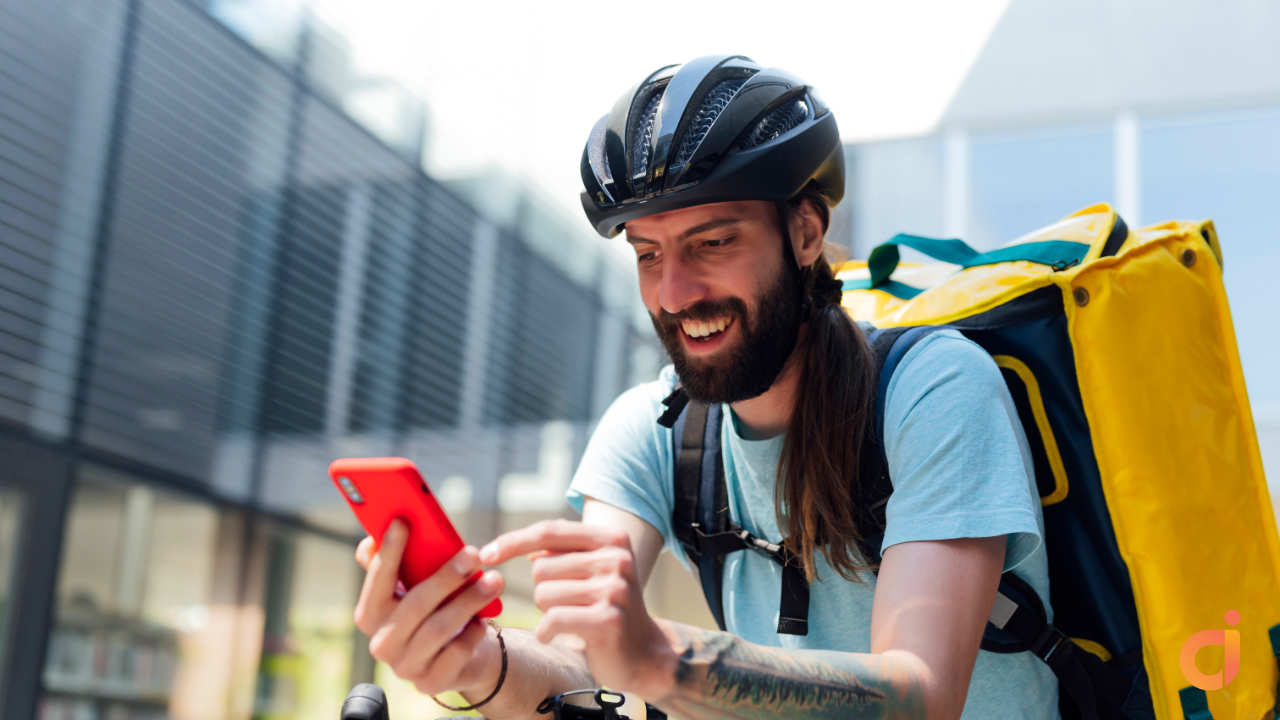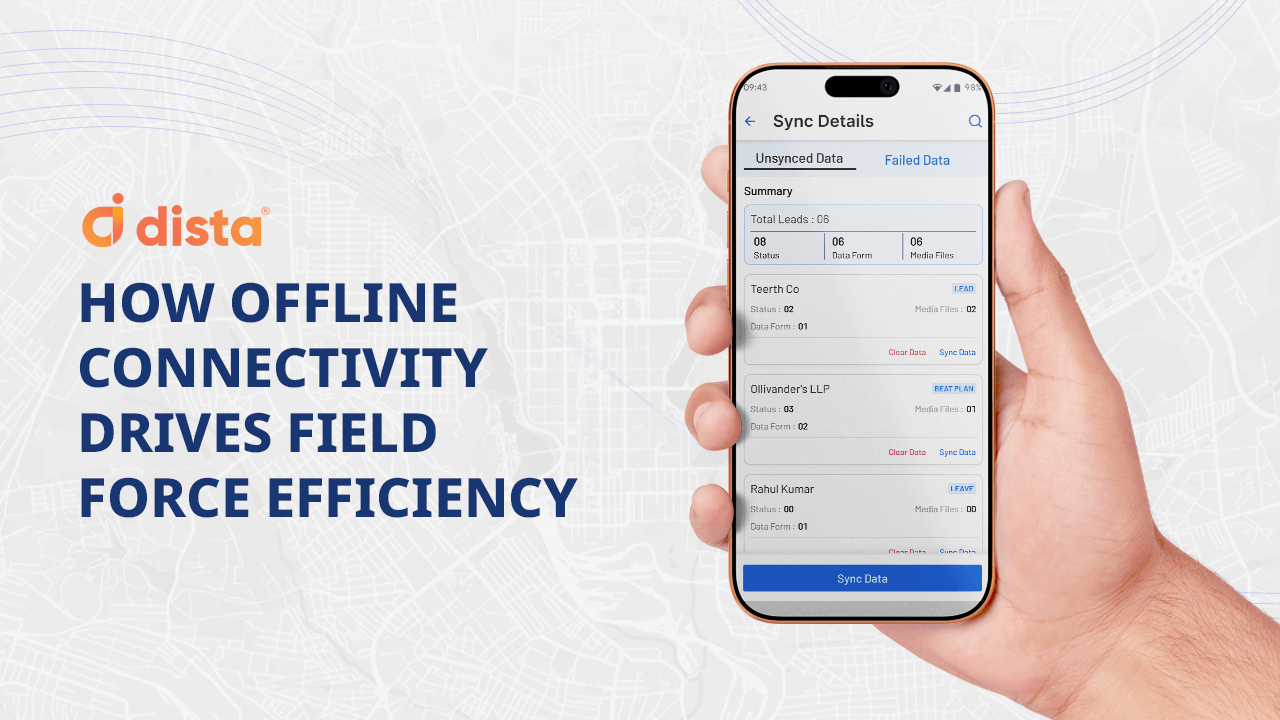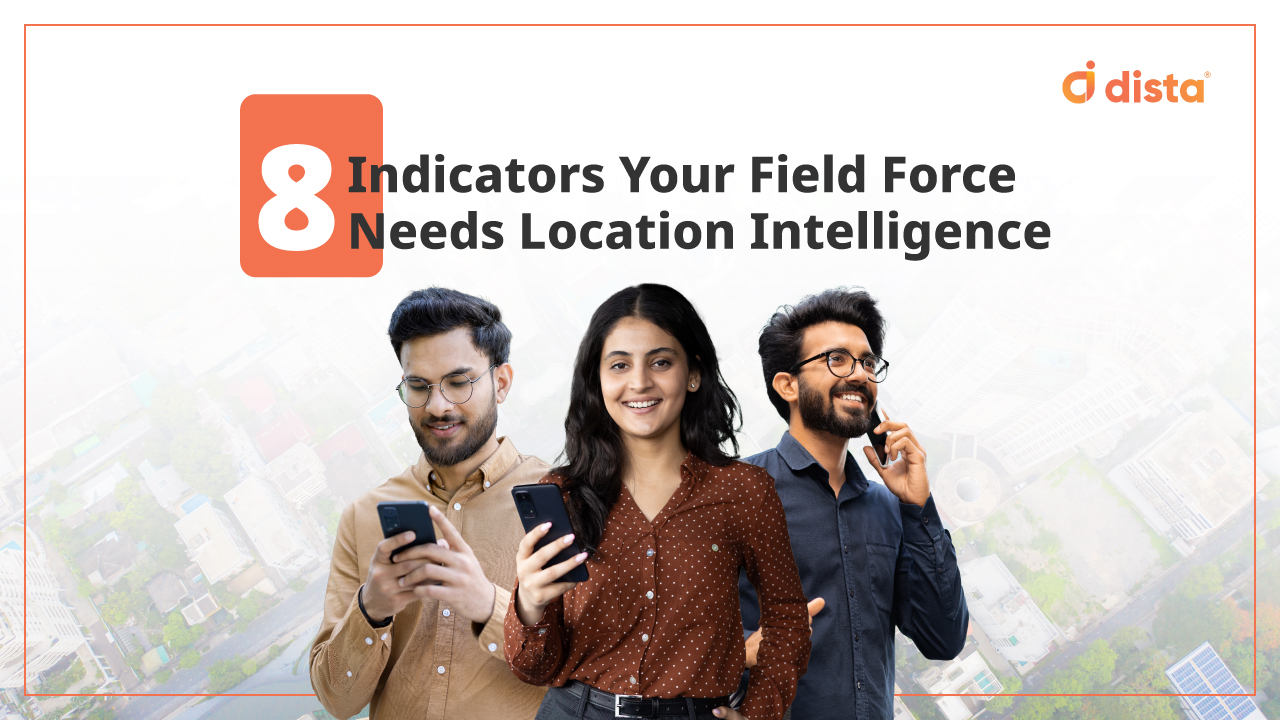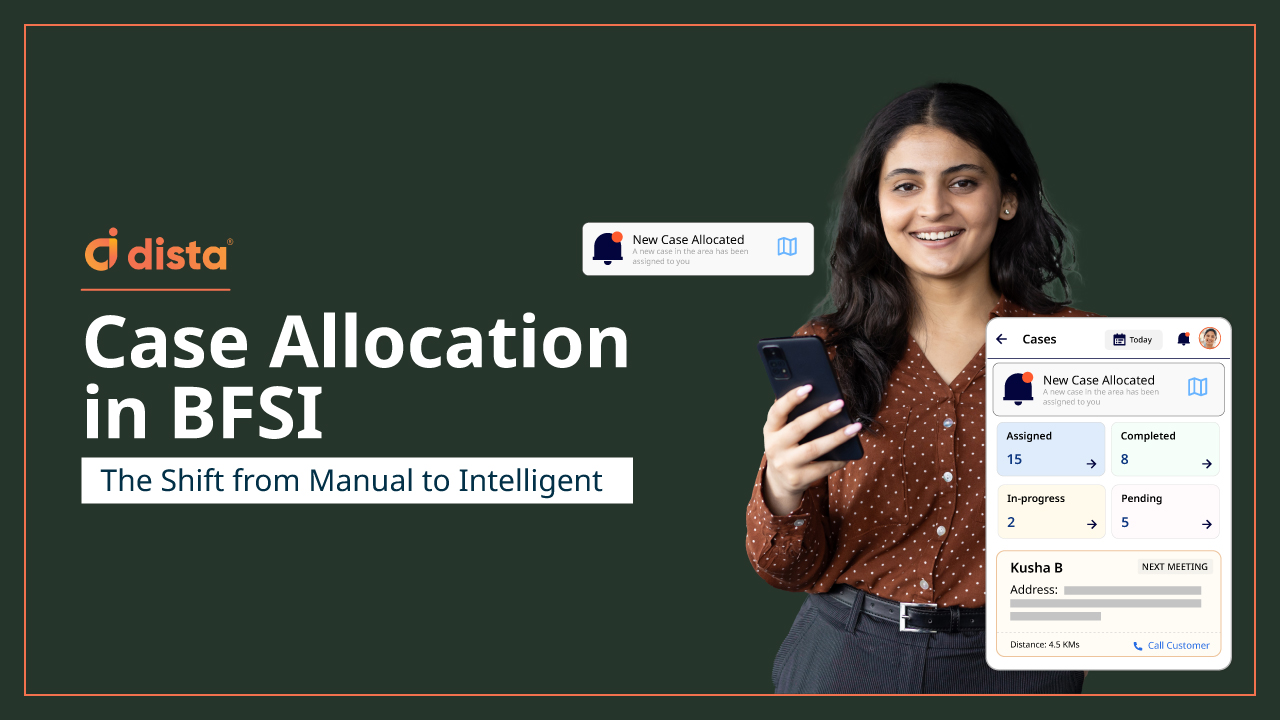Automating your food delivery operations is the key to achieving the winning combination of profitability and customer happiness.
Here is the scenario. You have ordered a pizza, and now you can’t wait to get it in your hands. While the pizza company is busy preparing your order, the delivery platform keeps you informed with real-time alerts about your order. As soon as the delivery boy picks up your order and leaves for your house, you know the food is on its way, and the smile widens!
Be it quick-service restaurants, grocery deliveries, or other on-demand food deliveries, last mile is the costliest link in the supply chain. The key lies in how soon all this can happen to get the pizza delivered to the customer without causing much delay, which will determine both your customer’s response and the efficiency of your delivery. But there are many variables involved in getting the pizza delivered to the customer at the right time and making your last mile food delivery successful as well as efficient. Here is where food delivery automation lends a string of advantages to your last mile delivery software performance.
Speed is a critical aspect of driving the overall efficiency of your last mile delivery logistics. Especially when it comes to food, delivering last mile delivery that is convenient, flexible, and fast is quite a challenge. That’s where machine learning and delivery automation can play an important role.
From the moment an order is placed to the moment it reaches the customer, automation helps in making every step efficient in the last mile delivery chain by making the entire process faster and smoother. This also drives significant cost and fuel savings if your food deliveries are optimized to deliver the requisite SLAs and successfully meet those.
1) Automated Dispatch and Route Optimization
Using data for intelligent decision making is a widely used model in every industry these days. Even in the food delivery space, the scope is huge to leverage the power of data. Artificial Intelligence tools can support the food delivery ecosystem to speed up deliveries and reduce delivery costs bringing all the key data on the dashboard.
Route Optimization is another feature that helps in saving critical field time and optimize it for better use. Dynamic routing apps suggest optimized routes for dispatchers as well as the progress of drivers from multiple fleets on a single dashboard. This can free up a dispatcher’s resources and provide concrete benefits to businesses from the first day of deployment.
Similarly, tools that provide real-time visibility about a package at a given moment will massively improve the customer experience and make deliveries more cost-effective by reducing delivery bottlenecks.
2) Live Driver Monitoring
Automating the delivery progress which include driver monitoring helps dispatchers identify any potential problems or delays. This is beneficial for customers too, as it keeps them in the loop with where the package has reached. Especially for food deliveries, this becomes critical so that the driver does not end up at the wrong place, and the food is delivered fresh. Here is where a food delivery app that offers live tracking can be of great use.
Food delivery follows a time window for immediate consumption, and severe delays can mar the customer confidence and food quality. Enabling the company and the customer to monitor driver movement in real-time helps create an effective communication layer for a frictionless delivery experience.
For companies that use third party fleet, monitoring driver progress helps gain visibility to their working hours. A delivery automation system helps to plans routes also estimates the delivery time per order, making it easier to spot whether the driver is delayed due to external factors or if he is loitering around. Additionally, a good last mile app delivery will integrate with online payment methods to manage driver payment more efficiently and accurately.
For drivers also, an automation driven last mile logistics software brings in several advantages. With automated delivery communications tools, drivers can quickly inform customers when the delivery is running late and provide customers with additional delivery options like an alternative pick up location or drop off time. This helps them maintain the delivery schedule without affecting customer experience.
3) Warehouse Automation
Much of the actual work related to last mile deliveries happen in warehouses where the items are segregated and scheduled for deliveries. Going a step back, automating these warehouses and customer fulfillment centers are one of the simplest ways to reduce costs and increase the speed of your last mile deliveries.
Technology, in the form of automated tools, can be leveraged to plan warehouse logistics and optimize product location within the fulfillment center. This can halve the time for human pickers. This becomes especially critical when fresh goods like groceries are involved as it helps prevent goods from going bad before they’re delivered. Also, the use of temperature controlled vehicles help in delivering perishable food items without much spoilage even if there are delays due to traffic or any other delays. Autonomous vehicle delivery is also seeing a lot of attention but still is at an early stage. Food delivery management software integrating these factors is a good pick.
4) Digital Customer Engagement
Customer happiness largely depends on how successfully a company can deliver their expectations. The best way to increase profits from online delivery is to provide the best customer experience. For example, if you are servicing a pizza delivery and running late, how do you keep the customer engaged in understanding your situation and being ready to accept the delay? Is your food delivery app communicating with the customer well?
You could either personalize the communication with the customer in their language, provide real-time alerts regarding the delivery, or simply create a platform where they can review your customer service. Automation tools can be used to orchestrate delivery operations and engage better with your customers providing a smooth delivery experience, whether in delivery speed or convenient delivery options.
Automation plays a significant part in raising the bar of your on-demand delivery model, especially in the food segment where the time window is short and has dependent factors. With automation, you can optimize the performance of your last mile delivery processes as well as secure valuable data about your customer’s behaviour patterns. This has a direct impact on not just time and cost but also the brand perception. How easily you can control, monitor and scale delivery greatly determines the success of your last mile food delivery.
Elevate your food delivery experience with Dista Delivery. From kitchen to your customer’s doorstep, Dista streamlines your food delivery management with real-time end-to-end visibility control of your restaurant’s entire delivery process right from kitchen workflow automation, delivery rider management, smart scheduling, optimizing delivery routes, digitizing proof of delivery, and managing customer engagement. Powered by Google Maps and built on the Google Cloud Platform, this customizable, AI-ready delivery management software makes it easy for QSR businesses to automate, fulfill, and analyze their food delivery orchestration.
Recent Trends:
- 59% of consumers purchase items online when they need them or on-demand rather than waiting until the weekend to purchase in-store, citing a fundamental shift in decades-old purchase behavior.
- 55% of consumers will switch to a competitor if that competitor offers faster service.
- 40% of consumers use grocery delivery weekly, and this number is expected to climb to 55% by 2021.
- 82% of satisfied customers have shared positive delivery experiences with friends and family.
- 74% of satisfied consumers intend to increase purchase levels by 12% with their preferred retailer.
- 53% would be willing to purchase a paid membership for delivery services.
